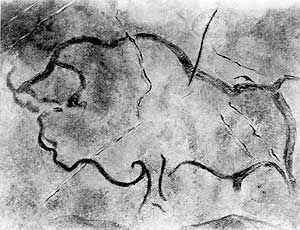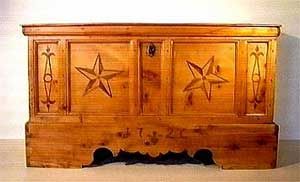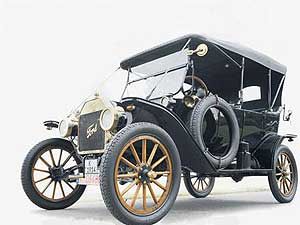
History of paints
Already in very early times man began to embellish his body with colors, later on his clothing as well and finally also his dwelling. The first known cave drawings in Spain and Southern France date back to a time 50.000 years ago.
They were painted with mineral colors. In those days the first brushes already existed and also the process of paint spraying was known to the cavemen. For that they used a tubular bone.
Besides minerals a variety of animal and vegetable components served as coloring substances in the time thereafter.The various cultures had a rather different knowledge of colors and painting techniques which later on partly got lost. To mix the colors man initially used water. The distempers of the Pompeian paintings were mixed with egg yolk and glue extracted from boiling parchment.
It was not until the 14th and 15th century that oil paint began to extend throughout Europe.
Without any doubt this lacquered work influenced the European taste just as much as the work of the house painter's trade. Yet for the making of paints the discoveries of artificial dyestuffs since the middle of the 19th century were of a much more decisive importance.
They also laid the foundation for our large dyestuff industry.
But the discovery of the artificial coloring substances does just as little put an end to the history of colors as the long history can obscure the fact that the past 5 decades have brought us not only the most, yet also the most decisive novelties and improvements ever.
The art of lacquering had spread already before our time in East Asia developing into a flourishing industry. In the 16th and 17th century Portuguese and Spaniards brought Japanese lacquered work back to Europe via Macao and Manila.  Since 1640 the Dutch had a kind of import monopoly trying as the first Europeans to copy the Japanese. Since the Vienna World Fair in 1873 and the Paris World Fair in 1878 Chinese and Japanese lacquered work found in large sections of the European bourgeoisie buyers with the necessary purchasing power. Wall cabinets, jewelry, handkerchief, glove and partitioned boxes or bottle stands and trays were among those articles selling like hot cakes.
Since 1640 the Dutch had a kind of import monopoly trying as the first Europeans to copy the Japanese. Since the Vienna World Fair in 1873 and the Paris World Fair in 1878 Chinese and Japanese lacquered work found in large sections of the European bourgeoisie buyers with the necessary purchasing power. Wall cabinets, jewelry, handkerchief, glove and partitioned boxes or bottle stands and trays were among those articles selling like hot cakes.


